

— Products —
 Consumer hotline +8618073152920
Consumer hotline +8618073152920 WhatsApp:+8615367865107
Address:Room 102, District D, Houhu Industrial Park, Yuelu District, Changsha City, Hunan Province, China
All products
Farming sensors are a crucial component of modern agriculture, helping farmers monitor and optimize various aspects of their farming operations. These sensors collect data on environmental conditions, crop health, soil moisture, and other parameters, providing valuable insights that can improve productivity, resource management, and sustainability. Farming sensors are sensors used in agricultural production, mainly used to monitor soil, weather and environmental parameters to···
Tel/WhatsApp:+8615367865107
Email:Arvin@niubol.com +Nearly 100 partner company in more than 68 countries. We are committed to providing high-quality, practical products to meet your needs and help you solve problems.Product Details
Farming sensors are a crucial component of modern agriculture, helping farmers monitor and optimize various aspects of their farming operations. These sensors collect data on environmental conditions, crop health, soil moisture, and other parameters, providing valuable insights that can improve productivity, resource management, and sustainability.
Farming sensors are sensors used in agricultural production, mainly used to monitor soil, weather and environmental parameters to help farmers better manage their farmland and crops. Here are some common farming sensors:
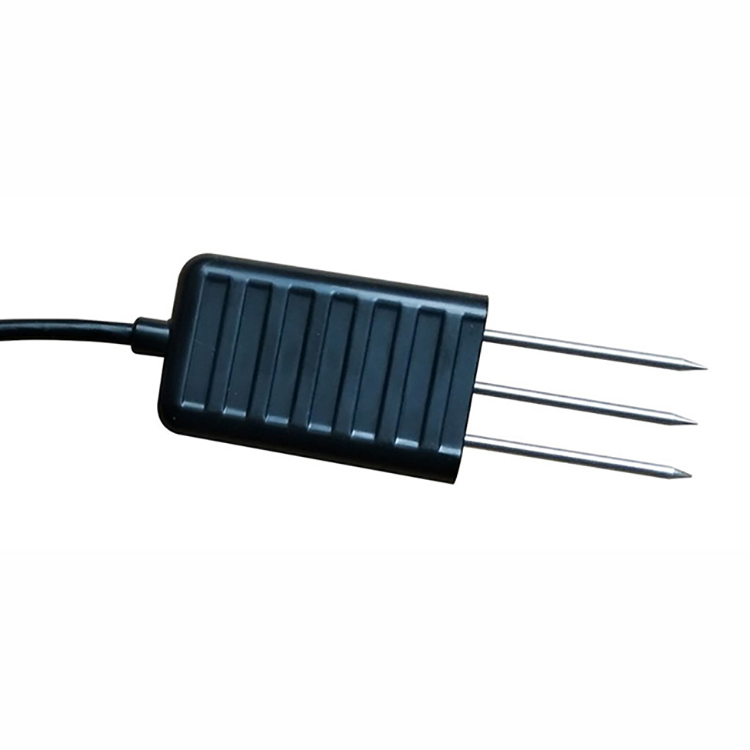 | 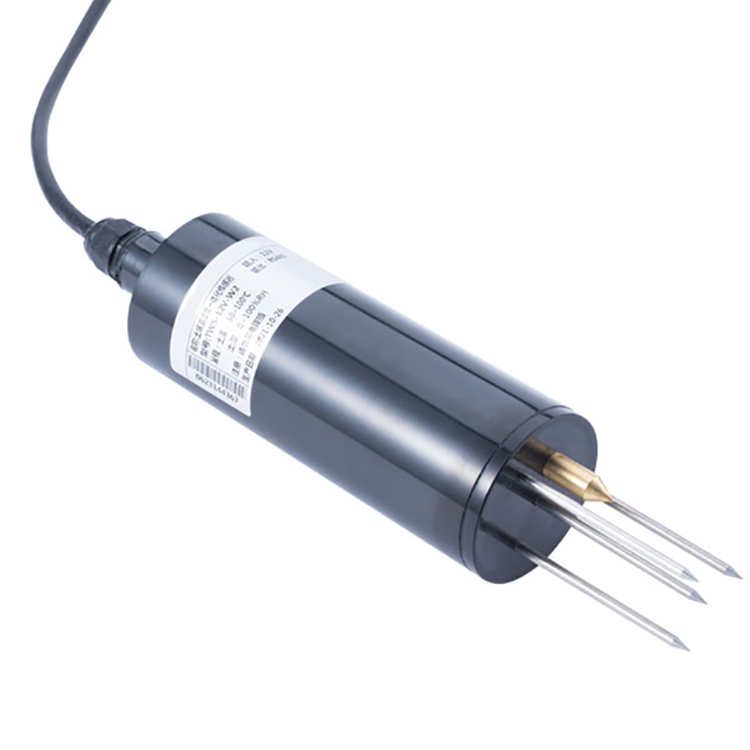 |  | 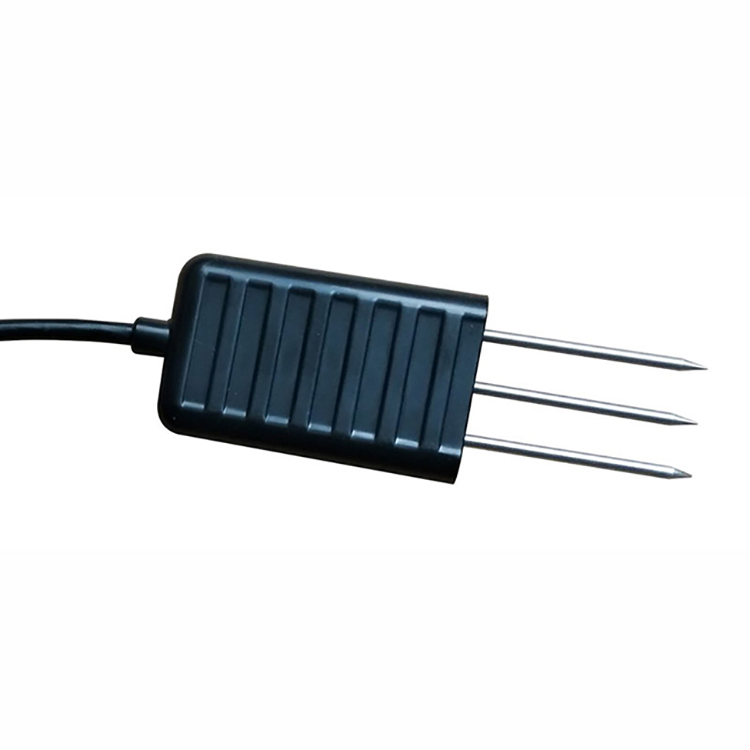 |
| Soil NPK Sensor | Soil Moisture Temperature sensor | Soil pH sensor | 3-in-1 Soil Temperature Humidity EC Sensor |
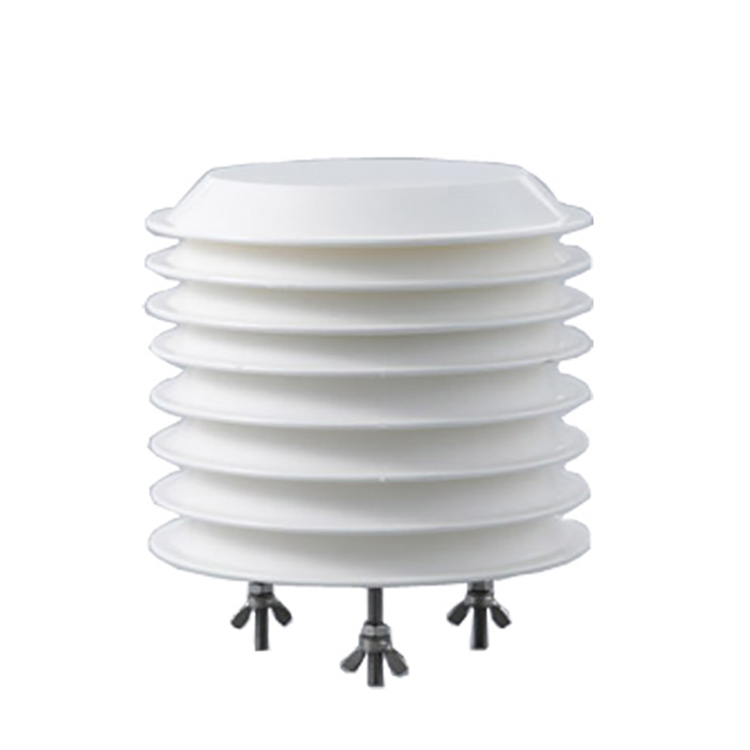 | 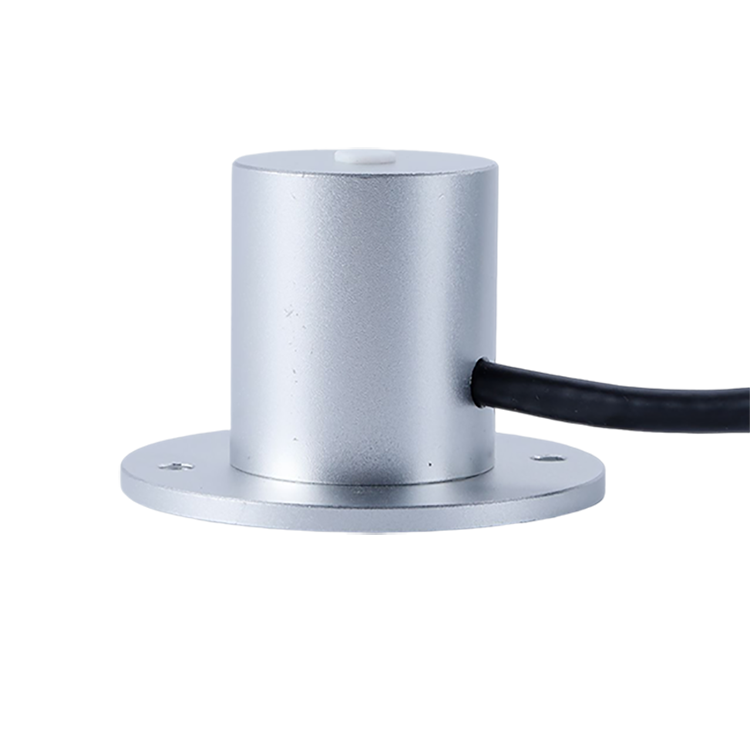 | 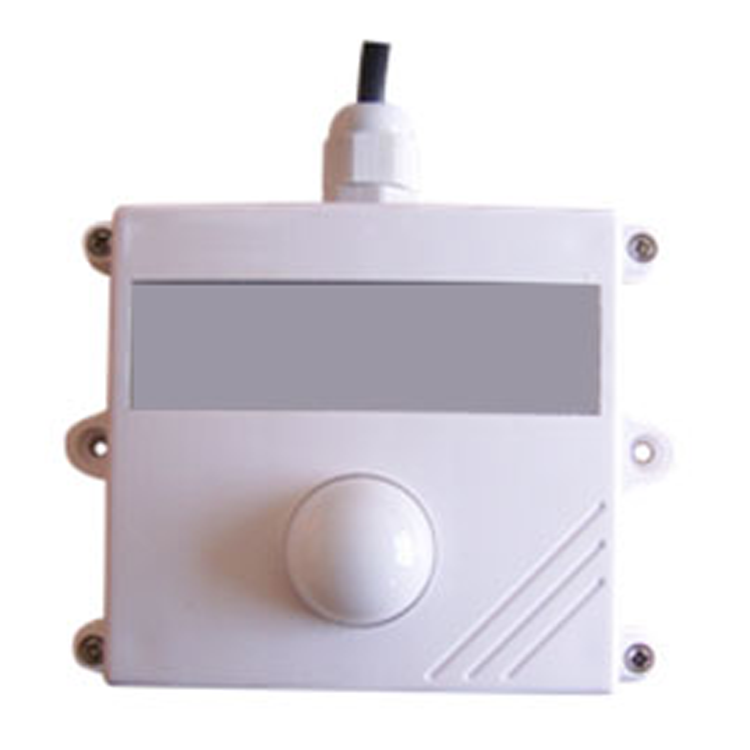 | 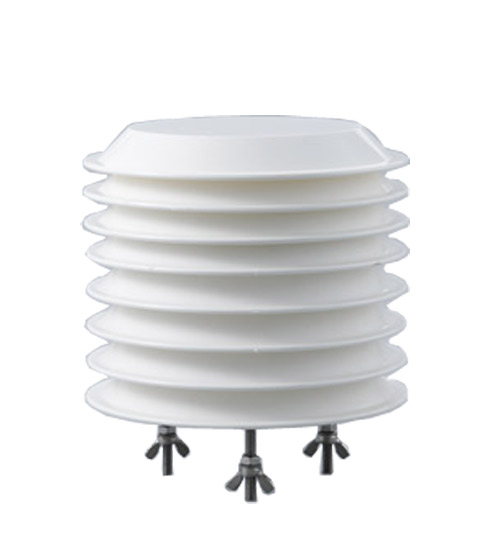 |
| Atmospheric Temperature Humidity air pressure Sensor | Photosynthetically Active Radiation Sensor | illumination sensor | Carbon dioxide sensor |
1. Soil Moisture Sensors: These sensors measure the moisture content in the soil, allowing farmers to determine when and how much to irrigate, preventing overwatering or underwatering.
2. Weather Stations: These sensors measure temperature, humidity, rainfall, wind speed, and other meteorological factors. Farmers can use this information to make informed decisions about planting, pest control, and irrigation scheduling.
3. Nutrient Sensors(soil npk sensor): These sensors measure the levels of essential nutrients in the soil, such as nitrogen, phosphorus, and potassium. This data helps farmers optimize fertilizer application to ensure proper nutrient balance for healthy plant growth.
4. pH Sensors: pH sensors measure the acidity or alkalinity of the soil. Farmers can adjust soil amendments or fertilizers based on pH levels to create optimal growing conditions for different crops.
5. Light Sensors: Light sensors monitor the intensity and duration of sunlight. This information is used to determine optimal planting times, manage crop growth, and optimize greenhouse conditions.
6. Temperature and Humidity Sensor: Used to measure air and soil temperatures to help farmers understand the impact of temperature changes on crop growth. Humidity Sensor: Used to measure the humidity in the air, to help farmers understand the impact of air humidity on crop growth.
7. Livestock Monitoring Sensors: These sensors can track vital signs and behavior patterns of livestock, such as body temperature, heart rate, and movement. They help farmers monitor animal health, optimize feeding, detect estrus, and manage overall herd welfare.
8. Drone-based Sensors: Drones equipped with multispectral or thermal sensors can capture detailed imagery of crops, providing insights into plant health, stress levels, and yield predictions.
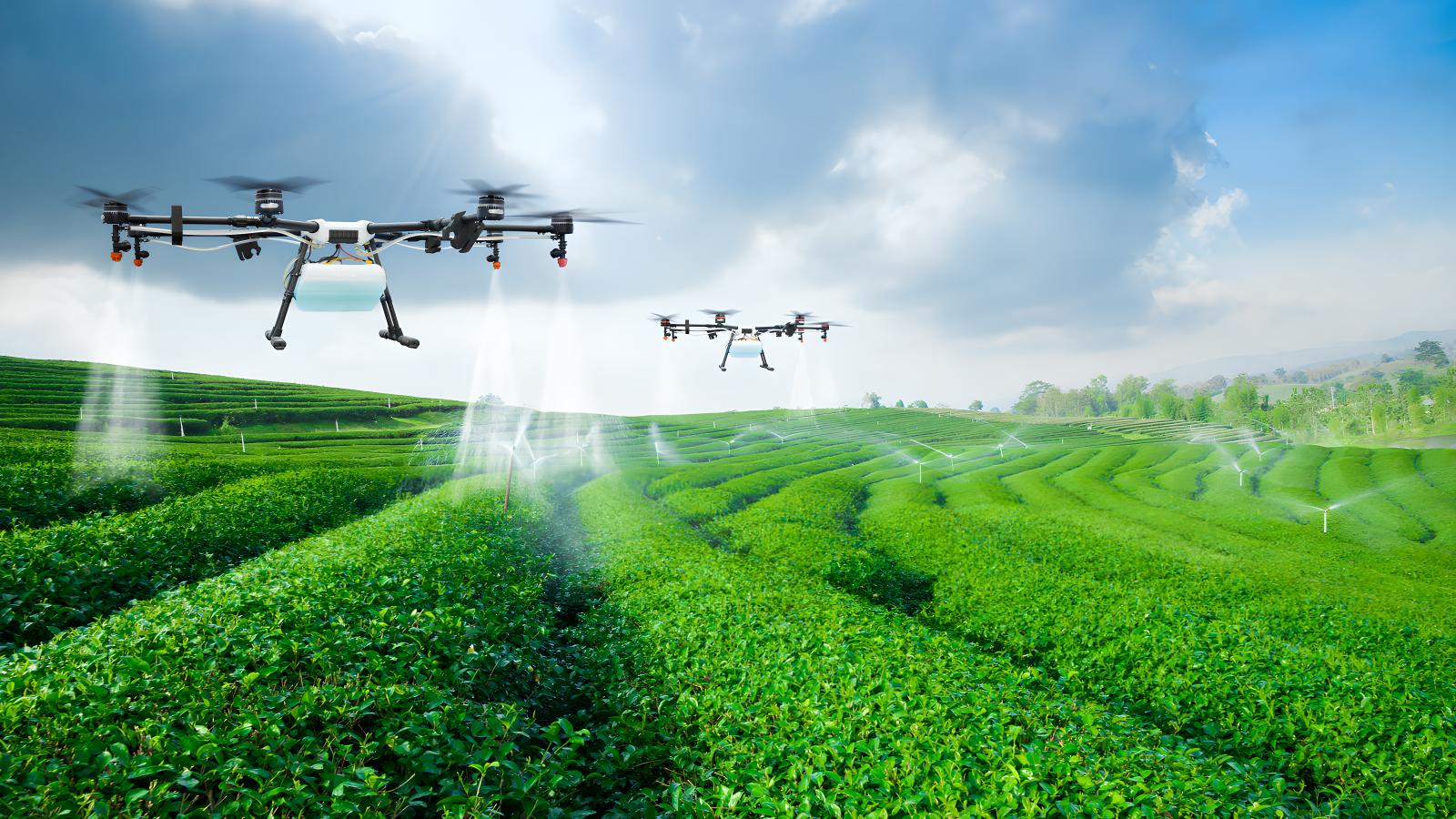
9.Wind speed sensor: Used to measure wind speed to help farmers understand the impact of wind speed on crop growth.
Farming sensors installation environment:
Farming sensors need to be installed in an environment that meets certain conditions to ensure that they work properly and measure accurately. The following are some common requirements for sensor installation environments:
Temperature range: Depending on the requirements of different sensors, the temperature of the installation environment needs to be within a certain range. Some sensors need to be installed in a relatively constant temperature environment to avoid the impact of too high or too low temperature on the measurement results.
Humidity: Sensors need to be installed in an environment with moderate humidity to avoid high humidity leading to moisture or damage to the sensor, as well as low humidity leading to inaccurate sensor measurements.
Light: For some exposed sensors, such as light sensors, direct sunlight and excessive shade need to be avoided to maintain proper measurement conditions.
Electromagnetic interference: In some environments where there is a lot of electromagnetic interference, such as factories, near high-voltage lines, etc., special attention needs to be paid to the selection of sensors with strong resistance to electromagnetic interference in order to avoid the impact of interference on the measurement results.
Stability: The installation environment of the sensor needs to be relatively stable, avoiding violent vibration, shock and frequent movement to ensure the accuracy and stability of the measurement results.
Safety: in certain hazardous environments, such as high temperature, high pressure, corrosion, etc., special attention needs to be paid to the safety performance of the sensor and the level of protection to ensure the safety of personnel and equipment.
In summary, the sensor installation environment needs to be selected and configured according to the requirements of the specific sensor to meet the normal operation of the sensor and accurate measurement. At the same time, attention needs to be paid to aspects such as safety and stability to ensure the long-term stable operation of the sensor and the reliability of the measurement results.
Prev:Weather monitoring stations
Next:Visibility meter
Sensors & Weather Stations Catalog
Agriculture Sensors and Weather Stations Catalog-NiuBoL.pdf
Weather Stations Catalog-NiuBoL.pdf
Related recommendations
 Multi-Depth Soil Sensor RS485
Multi-Depth Soil Sensor RS485 TDR Soil Moisture Sensor
TDR Soil Moisture Sensor Pyranometer Solar Radiation Sensors
Pyranometer Solar Radiation Sensors Soil ph sensor
Soil ph sensor Tipping Bucket Rain Gauge
Tipping Bucket Rain Gauge Air Temperature and Humidity Sensor
Air Temperature and Humidity Sensor
Screenshot, WhatsApp to identify the QR code
WhatsApp number:+8615367865107
(Click on WhatsApp to copy and add friends)
